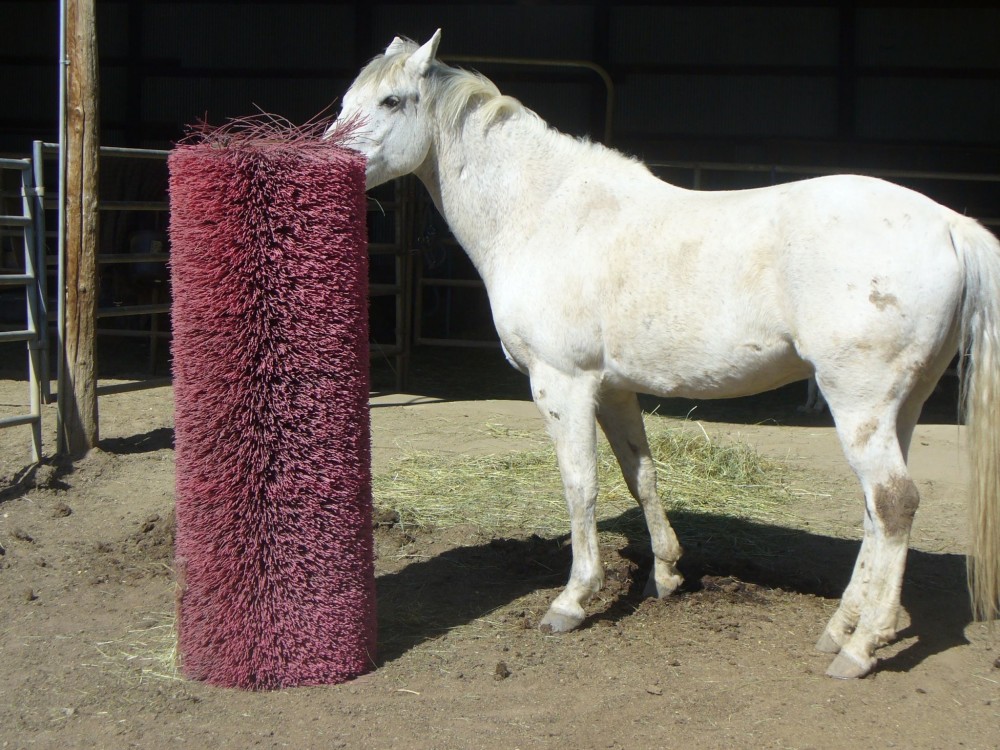Reusing materials to make the old new again
by Jennifer Wilson | October 9, 2015 9:43 am
 [1]
[1]By Aubrey Rhoadarmer
Constructing commercial, residential, or industrial buildings can not only be expensive, but also create large amounts of waste. After construction or renovation is completed, most old, discarded material will likely end up in a landfill. However, there is a way to give these materials a ‘second life’ through repurposing.
Repurposing is the process of taking old products and materials that would otherwise end up in landfills or incinerators, and creatively reusing them for a different purpose. Repurposing is a wide process, because almost any material can be used as something new. Many supplies, from decorative pieces to more essential parts, needed in construction projects can be repurposed materials, which saves money, even more than if you were to use virgin materials. Repurposed materials are also much more environmentally sustainable than using new building materials.
Wood is a product that is easily, and often, repurposed. The hardwood planks from basketball courts and bowling alleys are unique and unusual materials. They may not seem like easy materials to repurpose, but both can be deconstructed into blocks and turned into unique countertops, tabletops, flooring, or even wall or ceiling coverings. Wooden bleachers from a high school can be shined up and transformed into shelves. Weathered wood siding and wooden snow fences of several different measurements can become a rustic and homey addition to a building as a floor, wall, shelf, or table.
Another common reusable material is metal. Galvanized ski lift cables are an atypical and seemingly disposable material. However, this 91-m (300-ft) steel cord can create a unique decorative railing, for offices, or commercial buildings.
There are also many products that can be used for the outside of the building, to add an artistic or eye-catching flair. Multiple wire screens once used as covers for commercial air-conditioners can be transformed into an unusual fence for the outdoors of a commercial or residential building, and old pool covers, anywhere from 7.5 to 18 m (25 to 60 ft) long, can be turned into awnings for the front of the buildings.
 [2]
[2]Discarded products from demolitions and renovations are a large part of the repurposing process. They provide the materials for repurposing as long as they are in good condition. For example, roofing membrane from a house can be used as industrial strength weed barrier for landscapers, and insulation can be used by contractors to keep underground waterlines from freezing.
Using repurposed materials is a cost-efficient and an environmental benefit. Repurposing materials keeps tons of waste out of landfills, helping the environment.
Repurposing is uncommon and requires ingenuity. This kind of construction attracts environmentally conscious people. Repurposing is a process that is beneficial to the planet, and to customers.
Aubrey Rhoadarmer is a freelance journalist working for repurposedMATERIALS. The company, based in Denver, Colorado, specializes in finding and marketing industrial products that would otherwise end up in landfills, and repurposes them at low cost.
- [Image]: http://www.constructionspecifier.com/wp-content/uploads/2015/10/street-sweeper-feller-1LG.jpg
- [Image]: http://www.constructionspecifier.com/wp-content/uploads/2015/10/billboards-slip-n-slide-mystic-mountain-4.jpg
Source URL: https://www.constructionspecifier.com/making-the-old-new-again/